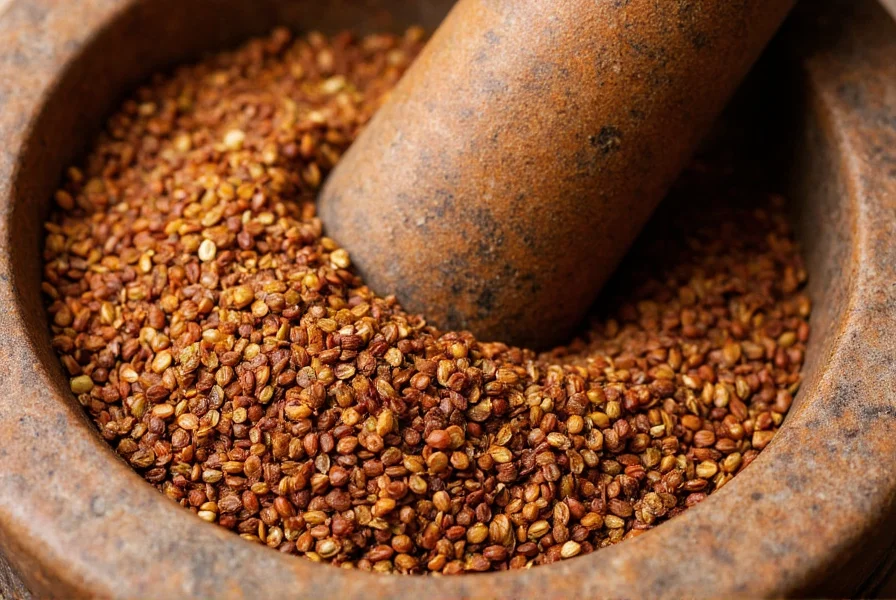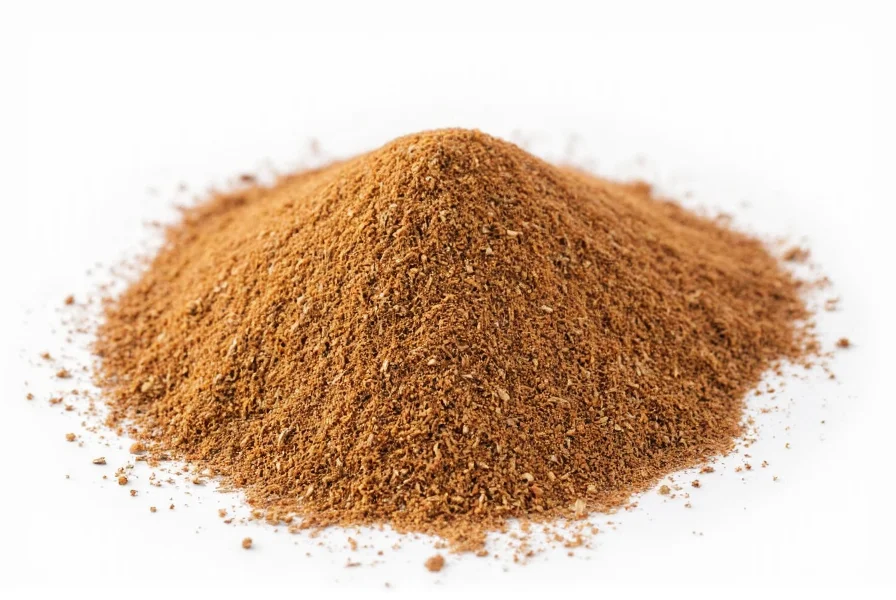Cumin seeds (Cuminum cyminum) serve dual purposes as both a fundamental culinary ingredient and a traditional medicinal herb. This ancient spice, belonging to the parsley family, has been valued across civilizations for thousands of years. Understanding cumin seed applications reveals why it remains a kitchen staple worldwide.
Culinary Applications of Cumin Seeds
As one of the world's most widely used spices, cumin seeds bring distinctive flavor to numerous global cuisines. Their warm, earthy, slightly citrusy profile makes them indispensable in many traditional dishes.
Global Cuisine Integration
In Indian cooking, cumin seeds form the base of tadka (tempering), where they're fried in oil to release flavors before adding other ingredients. Middle Eastern cuisine features cumin prominently in spice blends like baharat and in dishes such as falafel and hummus. Mexican and Tex-Mex cooking relies on ground cumin for chili powders, mole sauces, and taco seasonings.
Professional chefs often toast whole cumin seeds before grinding them, which significantly enhances their aromatic compounds. This simple technique transforms the flavor profile from earthy to nutty and complex.
| Cuisine Type | Common Cumin Applications | Typical Usage Amount |
|---|---|---|
| Indian | Curries, dals, rice dishes, spice blends | 1-2 tsp per 4 servings |
| Middle Eastern | Hummus, falafel, kebabs, spice mixes | 1-1.5 tsp per recipe |
| Mexican | Chili, tacos, salsas, mole | 1-2 tsp ground per dish |
| Mediterranean | Roasted vegetables, breads, dips | 0.5-1 tsp per recipe |
Whole vs. Ground Cumin: Practical Differences
Understanding the difference between whole cumin seeds and ground cumin is essential for maximizing flavor. Whole seeds maintain their potency for up to 4 years when stored properly, while ground cumin loses flavor within 6 months. When recipes specify "cumin seeds," they typically mean the whole form, which provides a more intense, textured flavor experience.
Chef's tip: For the most vibrant flavor, toast whole cumin seeds in a dry skillet over medium heat for 1-2 minutes until fragrant, then grind as needed. This technique releases essential oils that create a more complex flavor profile than pre-ground cumin.

Traditional and Potential Health Applications
Beyond culinary uses, cumin seeds have a rich history in traditional medicine systems. Ancient Egyptian, Ayurvedic, and traditional Chinese medicine practitioners utilized cumin for various purposes, particularly for digestive support.
Documented Traditional Uses
Traditional applications of cumin seeds include:
- Digestive aid for bloating and gas relief
- Appetite stimulant in traditional Unani medicine
- Respiratory support in some folk medicine traditions
- Lactation support in certain cultural practices
Modern Scientific Perspective
Current research suggests cumin seeds contain compounds with potential health benefits, though more extensive human studies are needed. The seeds are rich in antioxidants, particularly flavonoids and phenolic compounds. Some studies indicate cumin may support digestion by stimulating digestive enzymes.
Nutritionally, one teaspoon (2.1g) of cumin seeds provides:
- Iron: 1.4mg (8% of daily value)
- Manganese: 0.1mg (6% of daily value)
- Calcium: 23mg (2% of daily value)
- Dietary fiber: 0.6g
Practical Usage Guidelines
Maximizing cumin seed benefits requires proper handling and storage techniques that preserve their volatile oils and flavor compounds.
Storage Recommendations
Store whole cumin seeds in an airtight container away from light and heat. Properly stored, they maintain peak flavor for 2-3 years. Ground cumin should be used within 6 months for optimal flavor. For extended storage, keep cumin in the freezer to preserve essential oils.
Cooking Techniques
When using whole cumin seeds, add them early in the cooking process to allow flavors to infuse. For ground cumin, add during the middle stages of cooking to prevent bitterness from over-toasting. In spice blends, cumin typically comprises 15-25% of the mixture depending on the cuisine.
Substitution Guidance
If cumin isn't available, caraway seeds offer the closest flavor profile (use 3/4 amount), though they're slightly sweeter. For a spice blend substitute, combine equal parts coriander, oregano, and a pinch of cocoa powder to approximate cumin's earthy notes.
Safety Considerations
Cumin seeds are generally recognized as safe when consumed in typical culinary amounts. However, some individuals may experience allergic reactions, particularly those with existing allergies to plants in the Apiaceae family (carrots, celery, parsley).
People taking blood-thinning medications should consult their healthcare provider before consuming large medicinal quantities of cumin, as it contains coumarin compounds. Pregnant women should stick to culinary amounts rather than medicinal doses.
Frequently Asked Questions
What are the primary culinary uses of cumin seeds?
Cumin seeds are primarily used in Indian, Middle Eastern, and Mexican cuisines. They're essential in curry blends, chili powders, falafel, hummus, and many spice mixtures. Whole seeds are often tempered in oil at the beginning of cooking, while ground cumin is added during the cooking process for dishes like stews and soups.
Can cumin seeds improve digestion?
Traditional medicine systems have used cumin for digestive support for centuries. Modern research suggests cumin may stimulate digestive enzymes and help reduce bloating. However, scientific evidence for significant digestive benefits in typical culinary amounts is limited. Consuming cumin as part of a balanced diet may support digestive health, but it shouldn't replace medical treatment for digestive issues.
What's the difference between whole cumin seeds and ground cumin?
Whole cumin seeds maintain their flavor and potency much longer than ground cumin—up to 3-4 years versus 6 months. Whole seeds provide a more intense, textured flavor when toasted and used in dishes like rice or curries, while ground cumin distributes flavor more evenly throughout a dish. Toasting whole seeds before grinding releases more essential oils, creating a more complex flavor than pre-ground cumin.
How should I store cumin seeds to maintain freshness?
Store whole cumin seeds in an airtight container away from light, heat, and moisture. A cool, dark cupboard works well for short-term storage. For maximum shelf life (up to 4 years), store in the freezer. Ground cumin should be used within 6 months and also stored in an airtight container away from light. Properly stored cumin should retain its strong, distinctive aroma.
Are there any health risks associated with cumin seeds?
Cumin seeds are generally safe when consumed in typical culinary amounts. Some people may experience allergic reactions, particularly those with allergies to related plants like carrots or celery. Large medicinal quantities might interact with blood-thinning medications due to coumarin content. Pregnant women should stick to culinary amounts rather than medicinal doses. As with any food, moderation is key.











 浙公网安备
33010002000092号
浙公网安备
33010002000092号 浙B2-20120091-4
浙B2-20120091-4